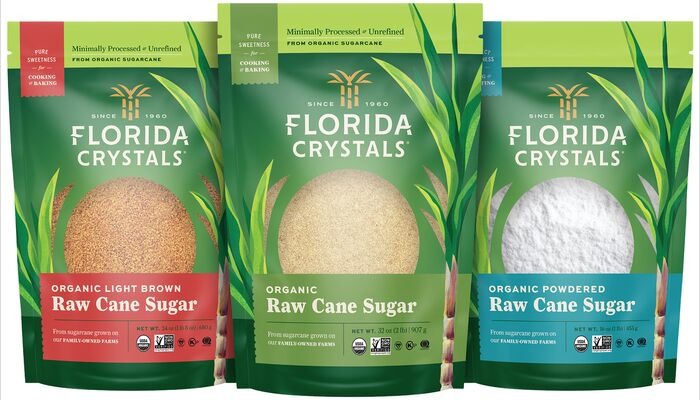
Before we begin: Safety is important when soap making. Please use latex, nitrile, or neoprene gloves. These can be found at any hardware store in the paint section. We recommend nitrile examination gloves, as they give better control. Also, use eye protection to guard against splashes. If you come into direct contact with lye or raw soap batter, pour vinegar liberally over the skin until the lye is neutralized, and rinse with cold water.
Step 1
Using the scale, carefully weigh the coconut, palm, olive, sunflower, and castor oil in a large bowl. (The bowl should be glass or stainless steel. The container must not be aluminum.)
Step 2
Slowly heat the oils on the stove or in the microwave until they fully melt together. Carefully empty 2 or 3 teabags, replace the tea leaves with annatto powder, and re-seal the bags. Place the bags in the oil and allow it to steep, occasionally dunking. Remove the bags when the color of the oil is a bright yellow. Allow the oil to come to room temperature.
Step 1
Taking care not to touch or spill the sodium hydroxide, carefully weigh out the water and sodium hydroxide in separate containers. Again, do not use aluminum containers.
Step 2
Add the sodium hydroxide to the water, stirring continually until it dissolved. (Please note, DO NOT add the water to the powdered sodium hydroxide. Add the powdered sodium hydroxide to the water.) When the sodium hydroxide is added, heat will be released.
Step 3
Allow the mixture to return to room temperature.
Step 1
For hundreds of years, soapmakers have added sugar to their blends to increase the richness of lather in their soaps.
Step 2
Make a simple syrup using four teaspoons of Florida Crystals® Organic Raw Cane Sugar to two teaspoons of water. Heat until the mixture is fully dissolved. Allow to return to room temperature.
Step 1
Prepare your containers. We recommend that you use a recyclable milk carton, quart sized. Re-seal the pour spout, cut away one of the long panels, clean and dry the carton, then position it on one side of your workspace.
Step 2
Carefully add the lye mixture to your oils. Using the stick mixer, blend for 10 seconds. If you are using a whisk, begin to stir. Please note: The lye is much heavier than the oils, so it will stay on the bottom. Be diligent to make sure the mixture is well blended.
Step 3
Add the simple syrup and your essential oil scent to the soap batter and stir using a spatula or whisk.
Step 4
At the first sign of thickening, begin to pour the soap batter into the containers. A good way to tell if it is ready is to raise your spatula and drizzle some of the batter. If you can see a trace left on the surface, it is ready to pour. Do not wait until it is the consistency of pudding - at the first sign of the trace, pour away into the milk carton. If the sides of the carton bulge, simply shore up each side with a stout book or two.
Step 5
Sprinkle Florida Crystals® Organic Raw Cane Sugar over the top of the soap batter.
Step 1
Over the next 12 hours, the soap batter will heat up and 'cook' as the chemical process converts the oils and reagent into soap. Simply put the containers in a safe place, cover with a dish towel, and wait. The soap will be ready to remove and cut in 24 hours.
Step 2
The next day or two, peel away the milk carton and remove the block of soap.
Step 3
Using a kitchen knife, slice the block into bars.
Step 4
Allow the soap to cure for two weeks before use. This will allow the soap to harden, which will make it last far longer. Simply store the soap on a bookshelf, in the pantry, or any other place out of sunlight so that it can cure. (Do not put it in a vapor barrier such as a plastic bag - it needs air.)
Step 5
Enjoy using real soap! For best results, allow the bars to fully dry in between uses.


